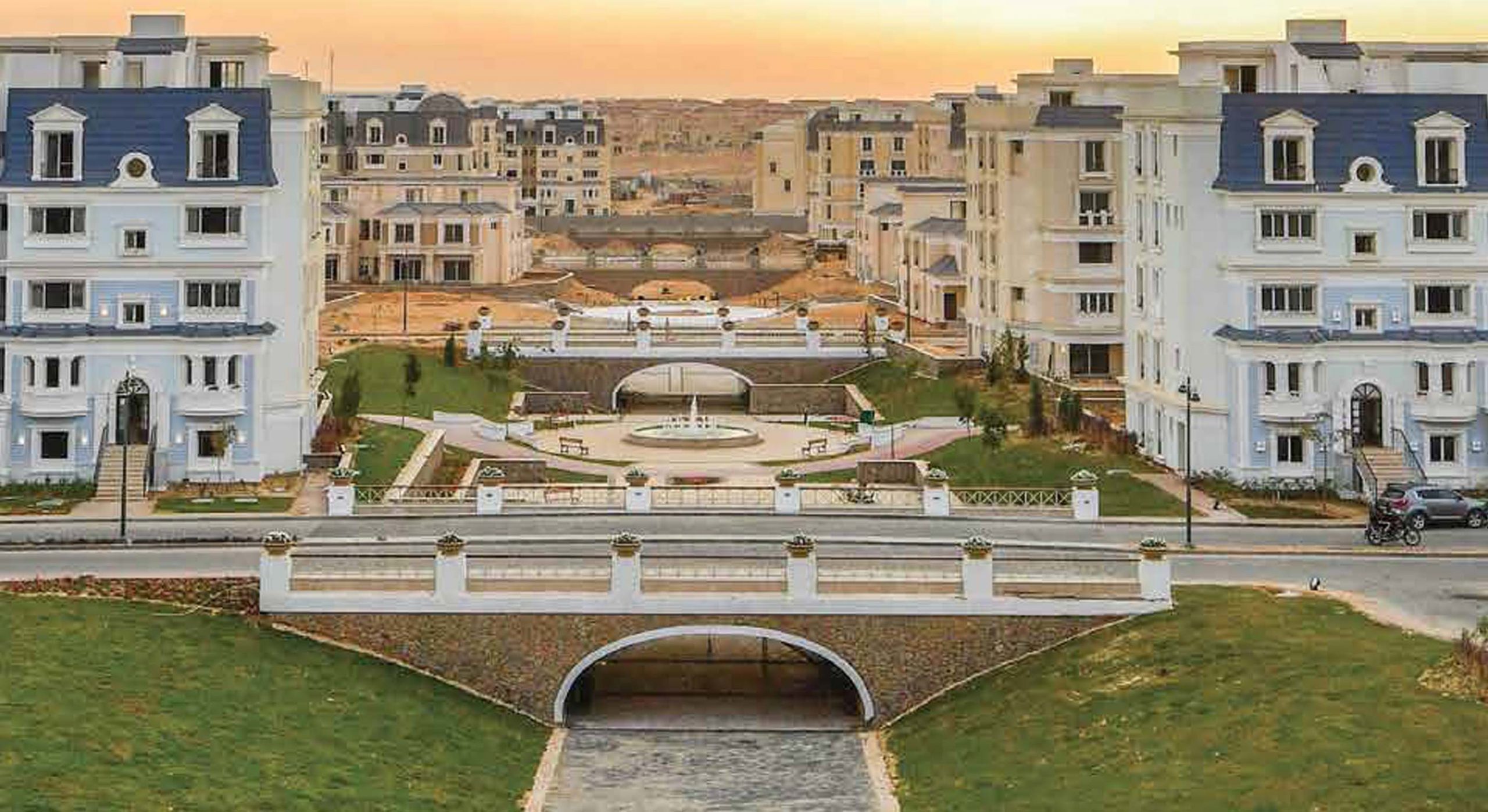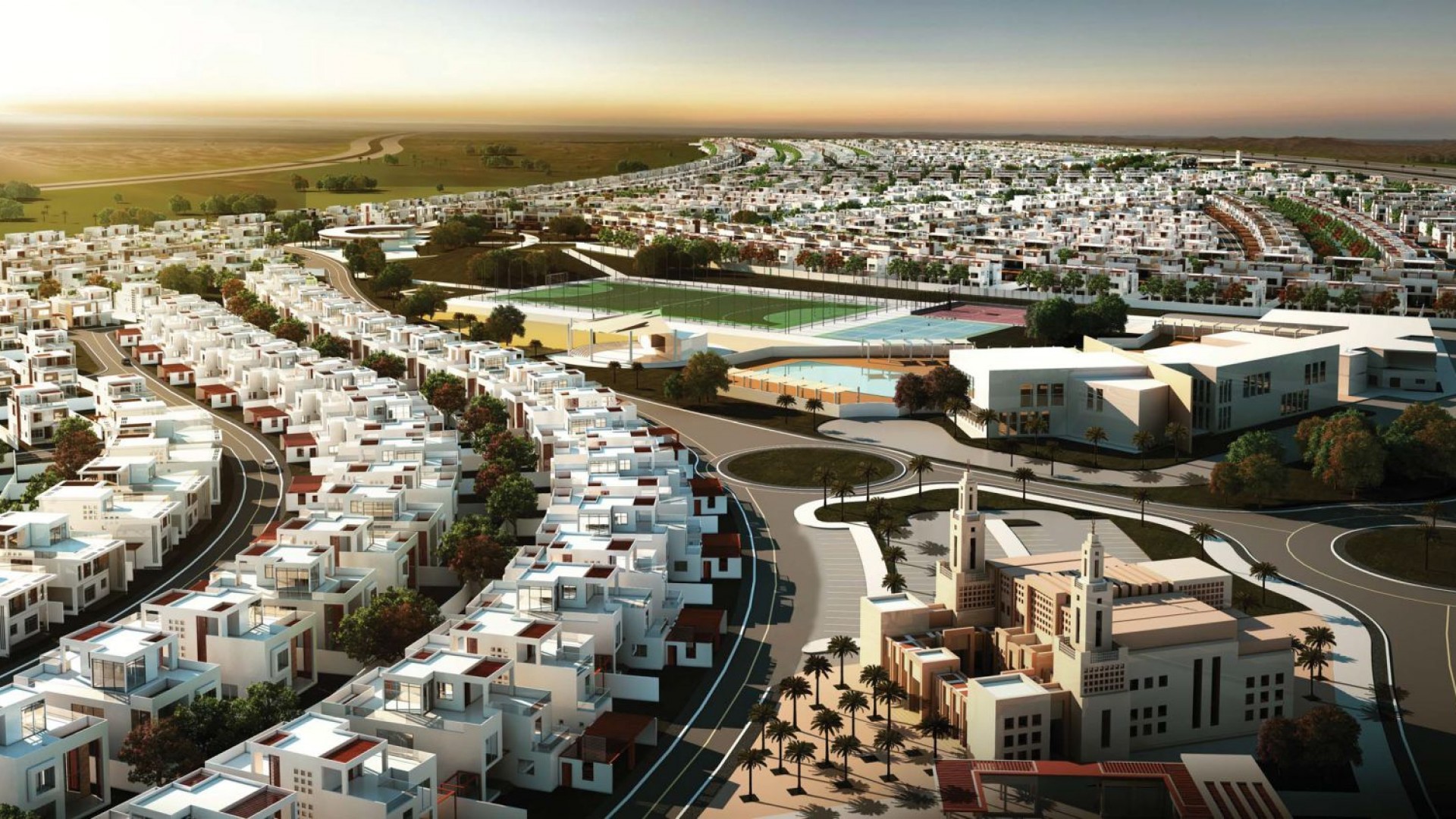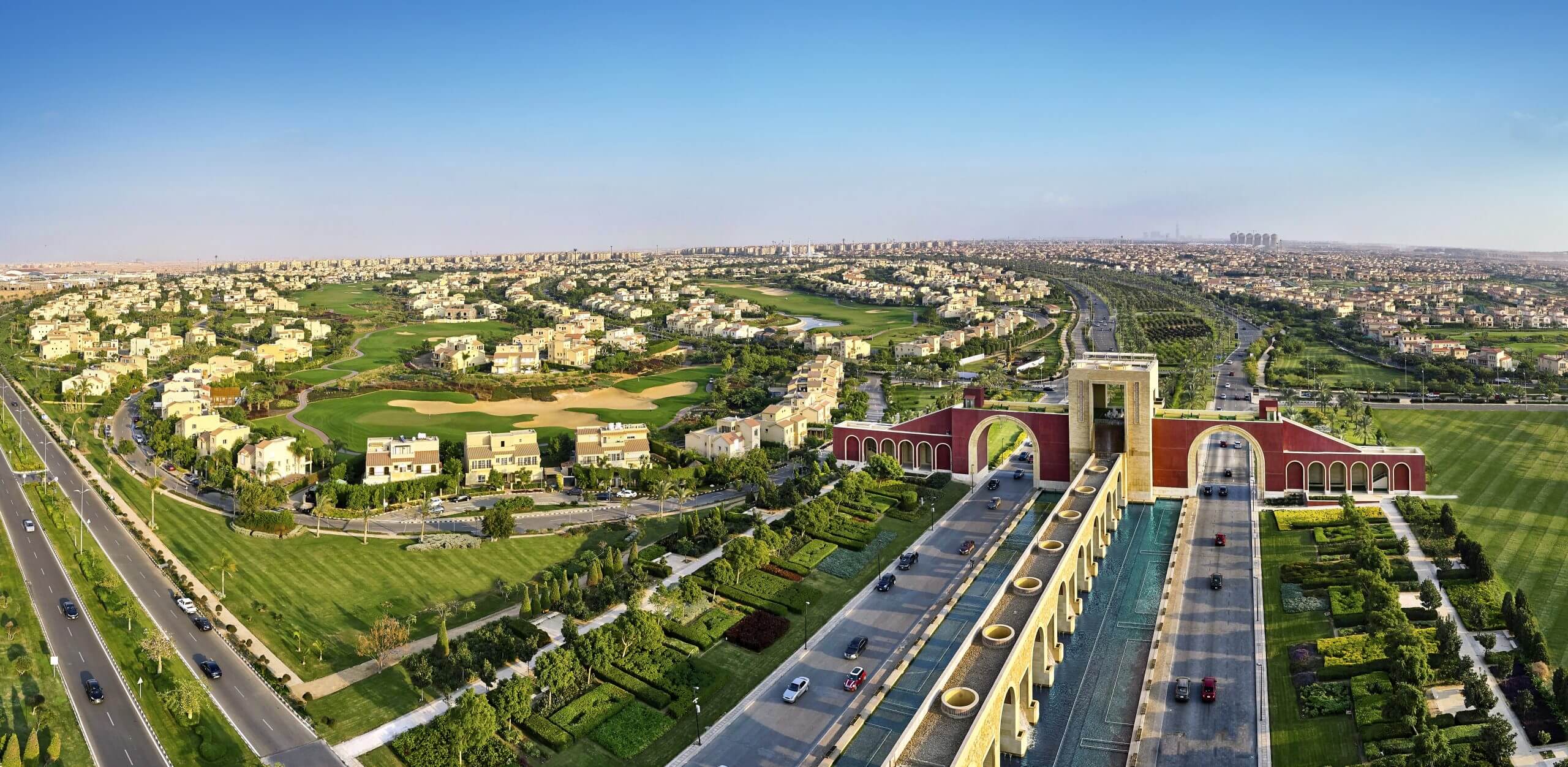Table of Contents
ToggleEver wondered how Egypt’s urban landscape is transforming so quickly?
The answer lies largely in the mega housing projects spearheaded by leading developers. These ambitious initiatives aren’t just about building homes — they’re about reshaping entire cities, economies, and lifestyles. From New Cairo to the New Administrative Capital, developers are introducing large-scale communities that promise modern living, state-of-the-art facilities, and long-term investment value.
In this article, we’ll dive into how Egypt’s top real estate developers are shaping the future, the policies driving these projects, and what it all means for buyers, investors, and the housing market at large.
Mega Housing Projects: What They Mean for Egypt’s Future
Mega housing projects represent more than just large-scale residential developments. They symbolize Egypt’s vision for sustainable urban growth, accommodating a rapidly expanding population while attracting foreign investment. These projects often combine residential, commercial, and recreational zones, creating self-sufficient mini-cities.
By tackling urban sprawl and overcrowding in older districts like Cairo and Giza, mega projects offer modern alternatives with better infrastructure, transportation links, and amenities. Developers are not only responding to demand but also anticipating future needs — from green spaces to digital connectivity. In essence, these projects are blueprints for Egypt’s next generation of cities.

Government Support and National Housing Strategies
No mega housing project exists in isolation. The Egyptian government plays a pivotal role by aligning development with national strategies like Egypt Vision 2030. Initiatives such as the New Administrative Capital and expansions in Upper Egypt highlight the state’s commitment to decentralizing population centers.
Developers often collaborate with state institutions, benefiting from land allocations, infrastructure support, and favorable regulations. This partnership ensures that projects are not only ambitious but also sustainable in the long run. Buyers can trust that these projects align with national priorities, making them safer investments backed by government oversight.
The Role of Leading Developers in Shaping Cities
Top names like Palm Hills Developments, Talaat Moustafa Group (TMG), Hassan Allam Properties, and Mountain View are at the forefront of Egypt’s real estate transformation. Each has pioneered signature projects, from luxury gated compounds to mixed-use communities that integrate work, life, and leisure.
Their ability to envision entire ecosystems — not just individual buildings — sets them apart. With a focus on innovation, sustainability, and community living, these developers are crafting spaces that redefine what it means to live in Egypt. The scale of their projects ensures a long-lasting impact on how future generations interact with their environment.
Iconic Mega Projects Transforming the Market
Egypt’s real estate map is dotted with iconic projects:
- Madinaty and Rehab (TMG) — sprawling cities with world-class infrastructure.
- Palm Hills October — offering luxury villas and integrated communities.
- Mountain View iCity — blending technology and lifestyle with “happy living” designs.
- New Administrative Capital’s residential districts — envisioned as the heart of modern governance and commerce.
These projects don’t just sell homes; they create destinations. By incorporating schools, hospitals, shopping centers, and recreational hubs, they attract both Egyptians and international buyers looking for comprehensive lifestyle solutions.
Economic Impact: Jobs, Investments, and Growth
The ripple effect of mega housing projects goes far beyond real estate sales. Each project generates thousands of jobs — from construction to facility management — fueling Egypt’s economy. Moreover, they attract both local and foreign investment, boosting GDP and stabilizing housing demand.
Developers also contribute to value appreciation in surrounding areas. For instance, land and property prices near new mega projects often rise significantly once infrastructure and amenities are established. This makes early investment particularly attractive for both end-users and investors.

Meeting Demand for Affordable and Luxury Housing
One of the challenges Egypt faces is balancing the need for affordable housing with the rising demand for luxury developments. Developers of mega projects attempt to bridge this gap by offering diverse units, from modest apartments to high-end villas.
Some projects, particularly those in Upper Egypt and emerging cities, cater to middle-income buyers, providing housing solutions aligned with government affordability initiatives. Meanwhile, luxury compounds in New Cairo or Sheikh Zayed continue to attract high-net-worth individuals and expatriates seeking premium living standards.
Innovation and Sustainability in Housing Projects
Modern mega housing projects in Egypt are increasingly integrating sustainable design principles. Developers are introducing green spaces, energy-efficient buildings, smart home technologies, and renewable energy solutions.
For example, solar-powered street lighting, water recycling systems, and pedestrian-friendly layouts are becoming common features. These initiatives not only lower the environmental footprint but also appeal to eco-conscious buyers, ensuring long-term relevance in a global market that values sustainability.
Risks and Challenges Developers Face
Despite their promise, mega housing projects come with challenges. Developers must navigate economic fluctuations, inflation, and currency devaluations that impact construction costs and buyer affordability. Regulatory hurdles and land allocation disputes can also delay progress.
Moreover, with so many projects underway, competition is fierce. Developers must differentiate their offerings through innovation, quality, and reliable delivery timelines. For buyers, this highlights the importance of choosing developers with a proven track record and financial stability.
Opportunities for Local and International Buyers
Mega projects open doors for both Egyptian buyers and international investors. Local buyers benefit from modern housing solutions with better infrastructure, while international buyers see Egypt as an emerging real estate hub offering competitive prices compared to global markets.
Developers often offer flexible payment plans, making these projects accessible to a wide range of buyers. Additionally, the government’s push for foreign investment in real estate — supported by initiatives like The Official Egyptian Real Estate Platform — provides greater transparency and confidence for international transactions.
Future Outlook: Egypt’s Urban Revolution
Looking ahead, mega housing projects will continue to define Egypt’s urban future. As infrastructure expands and more new cities come to life, the country is set to become a regional leader in modern urban planning. Developers will increasingly focus on digital integration, eco-friendly designs, and mixed-use communities that cater to evolving lifestyle trends.
For buyers and investors, this means opportunities will only grow. Whether you’re seeking a first home, an investment, or a luxury retreat, mega projects ensure that Egypt’s real estate market remains dynamic, resilient, and full of potential.

Final Thoughts
Mega housing projects are more than just concrete and steel — they are visions of Egypt’s future. Backed by government strategies, powered by top developers, and fueled by market demand, they are reshaping how Egyptians live, work, and connect. While challenges like affordability and inflation remain, the long-term outlook is overwhelmingly positive.
For investors, these projects represent a chance to participate in Egypt’s ongoing urban revolution. For families, they offer the promise of modern, sustainable communities designed for generations to come. One thing is clear: developers are not just constructing buildings — they are shaping Egypt’s future, one mega project at a time.
Frequently Asked Questions(FAQs):
1. What are mega housing projects in Egypt?
They are large-scale residential and mixed-use developments designed to create modern, self-sustaining communities.
2. Which are the most famous mega housing projects in Egypt?
Examples include Madinaty, Rehab, Palm Hills October, Mountain View iCity, and districts within the New Administrative Capital.
3. How do mega projects affect property values?
They often drive up land and property prices in surrounding areas, making early investments attractive.
4. Are these projects only for luxury buyers?
No, many include a mix of affordable, mid-range, and luxury housing to meet diverse buyer needs.
5. What role does the government play?
The government supports mega projects through land allocation, infrastructure development, and strategic planning under Egypt Vision 2030.
6. What risks do developers face?
Key risks include inflation, currency fluctuations, regulatory challenges, and intense market competition.
7. Can international buyers invest in these projects?
Yes, foreign investors are encouraged, with platforms like the Official Egyptian Real Estate Platform ensuring transparency.
8. How do these projects contribute to the economy?
They create jobs, attract investment, and stimulate GDP growth through construction and related industries.
9. Are sustainable practices used in these projects?
Yes, many integrate eco-friendly features like solar lighting, green spaces, and energy-efficient designs.
10. What is the future outlook for mega housing in Egypt?
Continued growth with more smart, sustainable, and mixed-use projects reshaping Egypt’s urban landscape.
